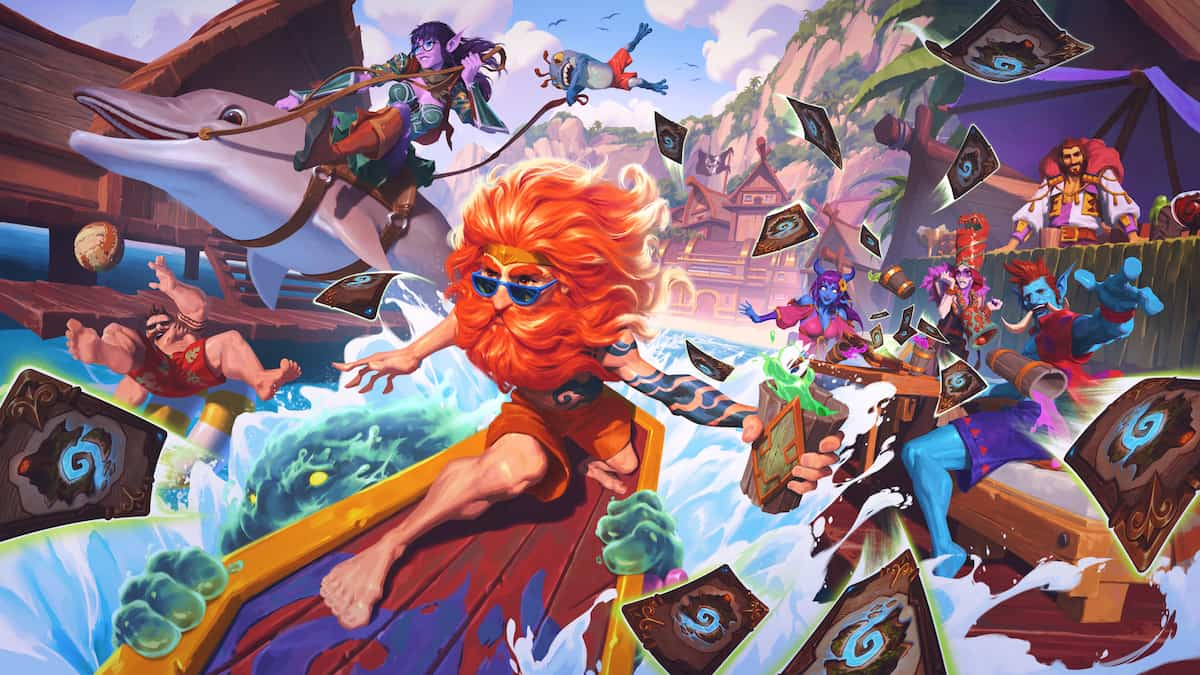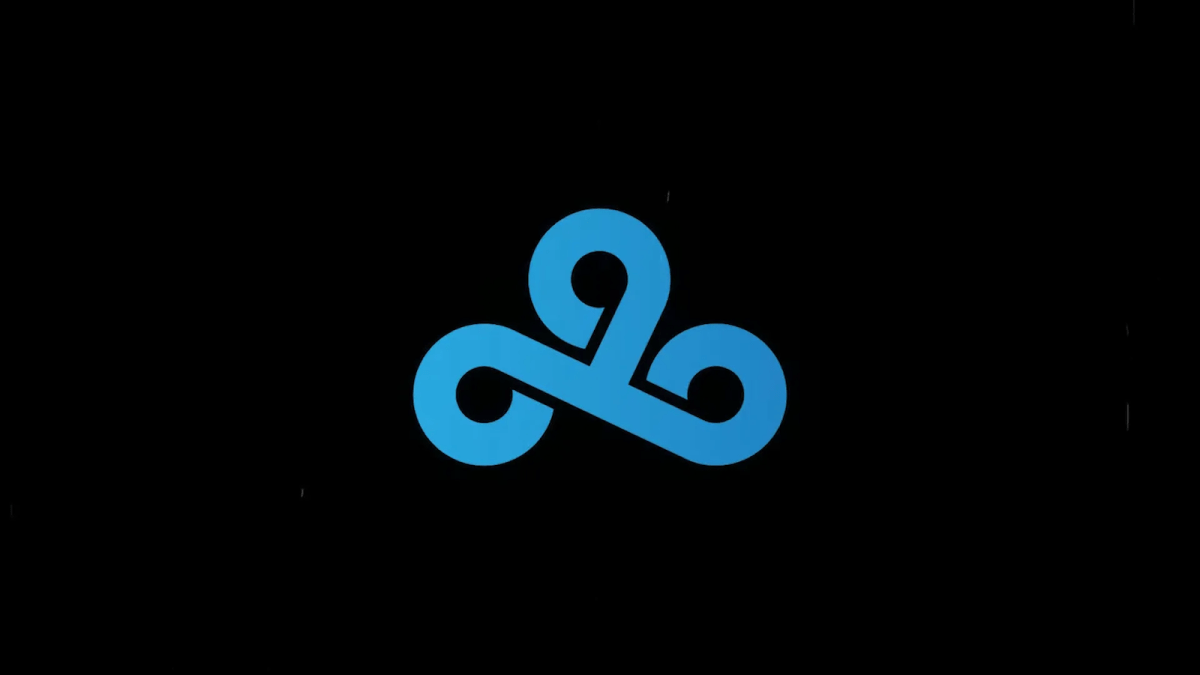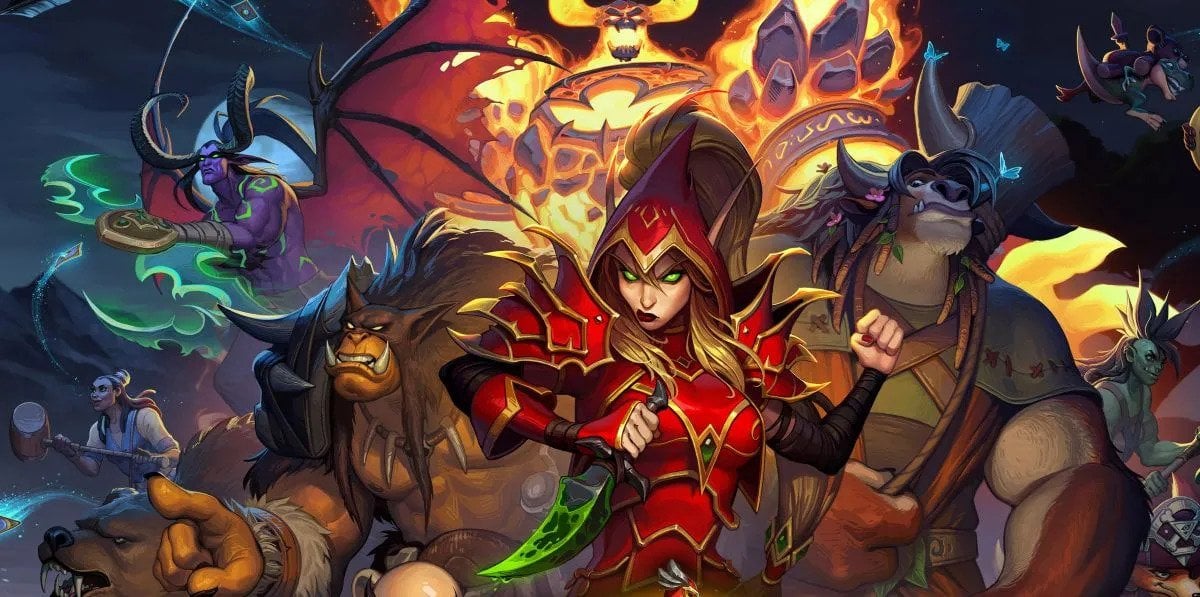Introduction
DAT HYPE!!!

Hello everyone, on the day of 1/26/2015 I reached#5 Legend NA, with only 5 days left until the season ends! Today’s article I am going to explain myself on the design and gameplan of the deck that I piloted to reach that rank.
I am also going to talk a little about post-nerf changes to this list based on the metagame.

The Deck
I always like to make different types of writing, and today is no different. Instead of going on card by card and then going on strategy and everything else, I will simply put everything you might want to know about a card, including its uses, how to play it and its mulligans on this section instead of creating multiple sections.
innervate: The main idea of this card is simple: Generate tempo. With it you can play your midrange or late-game minions a lot earlier generating tempo that your opponent is most likely going to have big trouble dealing with. The thing about this card is that you are, literally, trading card advantage for tempo, but as many already know that is not a problem, since we have a very strong draw engine in the form of ancient-of-lore which replenish our hand. Innervate is a card that should always be mulliganed for, you always want to have it on your starting hand. And unless you have lets say a 5-drop taunt against an aggro deck, keeping 2 innervates can sometimes be a bad idea because your Ancient of Lore can take longer to come and you will be cardless very quick. Another good use for keeping 2 innervates is the case you already have Ancient of Lore in your starting hand.
wild-growth: Similar to Innervate, but with a long-term effect on the game. With this card, you will always be 1 mana ahead on the curve, meaning you will be able to play your stronger minions early in the game. Another similarity is that there are situations where it can not be wise to keep 2 of those in your starting hand: Mostly against Aggro. It is fine to keep 2 in your starting hand against Midrange or Control decks tho. Regardless of that, one thing is for sure: you will always want one of these in your starting hand. One fun fact about Wild Growth, is that on a druid mirror, if a Player Growths and the other doesn’t, the one that “ramped” (casted wild growth) has very high odds of winning the match.
wrath: A multi-use Druid card, most likely going to be in all druid decks until the end of days. This card is not only used to kill 3-or-less health minions, it can also be used to cycle thru your deck while gaining a small advantage in the game. I usually recommend mulliganing this card out against most classes, but this card is a good pick against some classes such as Rogues, Hunters, Mages, and Zoo. The main idea of keeping this card early in the game is that you will be using its 3-damage part to kill-off early game minions, in Mages and Hunters case anything they put on the board, and in rogues case SI:7 Agent and Earthen Ring Farseer.
savage-roar+force-of-nature: These cards are mostly used in conjunction with each other for a massive damage output. The main idea of having these cards on your deck is to, once again, Generate tempo finishing the game before it was supposed to. These cards should always be mulliganed out, since you never want these in your starting hand, regardless of matchup. But one important thing to notice about these cards is that they can be used without each other with the idea of clearing the board in case you have no other option. The main idea of playing Druid is to never get behind, because Druid is indeed very weak in comebacks, which means if you have to use one of these cards (mostly Force of Nature) to not get behind, do it! Remember you have 2 of those on your hand, and most of the times you only need to combo once to win.
big-game-hunter: Another thing that Druids lack of is hard-removal, and Big Game Hunter kind of fills that spot.This card is in every single deck in the metagame because almost everyone is running dr-boom. You can keep this card if you know your opponent is playing Warlock Giants, but overall, even against Warlocks (because you will most likely be playing against Zoo) I like to mulligan this card away because it is most likely only going to be used later in the game.
earthen-ring-farseer: A tech card, this is something I like using on my Druid deck simply because it allows for better trades. Can kill an opposing minion and leave your minion with 1-health to get killed by your opponent’s hero power? Well, Farseer can heal that minion back up so it wont die! Healing your midrange Minions (mostly the taunts) is the main idea of this card. But it should only be kept in your starting Hand against Hunters, and in this case you are likely to want to heal yourself instead of a minion.
shade-of-naxxramas: A minion that scales well. The main idea of this card is to grow and be used to get better trades with higher cost minions. This card can be casted very early in the game, which means you will always want it on your starting hand. Three important thing to note about this card is that: 1) sometimes you should not get too greedy with it, 2) you should feel safe enough when this is behind a Taunt to attack with it, and 3) Dont feel afraid to trade this against Aggro because your other minions are better and are most likely to 2-for-one their minions, meaning you only need to gain tempo to win.
swipe: Well, the use of this card is very simple and there is not much to explain here. Dealing 4 damage to a minion, or simply to the face while dealing 1 damage to everything else. This card is very strong and one of the druid prime-cards. You should keep this card against both Hunters and Paladins, for different reasons. Mostly you will want to disrupt the Paladins muster-for-battle with this card, stopping him from comboing with quartermaster and against Hunters you will want to kill their 1 health minions (Hunters happen to run a lot of those).
keeper-of-the-grove: One of my favorite cards in the game, its multi use ability makes it so this card is good in every single matchup. Be it for killing 2-Health weenies while getting a decent 2/4 body on the board or Silencing important minions, this card is just too good. On the mulligan, it should be kept against Hunters, Warlocks (to both kill Zoos minions, Silence Nerubian Egg and Silence Twilight Drakes against Handlocks) and Warriors (mostly to Silence their Acolyte of Pain, denying them card draw).
piloted-shredder: Well, a good minion overall. The fact its got a persistent effect (dies and comes back in the form of a random 2-drop) and its a 4-drop (a slot that was lacking good minions in the game) means this card is likely to be used in a lot of decks in this game. This card should always be kept in your starting Hand if you have one (or more) of the following: The Coin, Wild Growth or Innervate. Yap, you will only want to mulligan this card out if you’re not starting and you have a bad hand.
sludge-belcher: The main idea of having this card in your deck instead of stuff like azure-drake or spectral-knight is that this card protects both Shade of Naxxramas and Piloted Shredder from getting easily traded into. Yap, this dude is in this deck with the idea of protecting your other minions. This should only be kept on your starting hand if you already have Innervate on it and only against Aggro decks, which is when you will want to play this guy earlier just to protect yourself. Meaning you should only keep this guy with Innervate and when playing against Hunters or Mages.
druid-of-the-claw: Well, I don’t have much to say here: I consider this guy the best minion in the game. There is no situation where Druid of the Claw is a bad card (unless you already lost the game, which makes it so everything is bad ahahahaha). Regardless of that, you will only want to keep this guy if you already have Innervate on your starting hand, because there are usually earlier stuff to do than casting a 5-drop Minion. Notice you can keep this guy in any matchup that you have Innervate on your starting Hand(different from Belcher, that you can only keep against Aggro, since Druid of the Claw is Multi-use), but usually you will want to mulligan it out if lets say you have a Belcher and is playing Against Aggro. Remember that Innervate can only be used once, so if I say you can keep Belcher with Innervate, and you can keep Druid of the Claw with Innervate, does not mean you should keep a hand with Innervate, Belcher and Druid of the Claw.
harrison-jones: A meta pick. A lot of weapons going around means this guy is a fine way of disrupting your oponents play. But not only that, this guy also provides us with Card Advantage, and there is no way of swapping this guy with a Similar effect. Yap, Use Loatheb instead of this guy if you don’t have it! This card should only be kept in your starting hand against Warriors, because they have a lot of weapons and are most likely to play them earlier in the game than other classes.
the-black-knight: Also known as TBK, it’s another Meta pick. Druid became very popular in the past days, meaning this card gets a lot of value because of the big number of Taunts the class runs. However, this should never be kept in your starting Hand, even against Druids. The main idea behind this strategy, is that most druids will except you to have a Black Knight in your hand, while they keep a Black Knight of their own, meaning playing Taunts on this matchup is dangerous. So, if you don’t keep TBK and your opponent’s do, and neither of you play a taunt, it means you will have 1 extra card to throw at him. This strategy often works, because later in the game, eventually someone is going to play a Taunt, and that is enough time to draw TBK from your deck.
ancient-of-lore: TOO GOOD!

This card fix every single Druid problems in 1 hit. Need draws to catch up from playing those Innervates and Wild Growths against Midranges and Controls? Here, have 2 cards. Oh, need healing because your Health is low? Here, have 5 Health. This card is too good and has multi uses. This should only be kept on your starting Hand against Heavy Control decks (Warrior is the only one in the metagame that comes to mind) if you have Wild Growth on it as well, otherwise you better off if you draw this later in the game.
dr-boom: Well, what to say? Strongest 7-drop in the game, board presence in 1 card. This card is very strong and is most likely to be in every single deck you’ll find. In Druids it does even more than that, keep in mind the Bombies are extra bodies that we have for our Savage Roar combo! This card has no bad situation to be played (unless you are going to die and need taunts) but should never be kept on your starting hand(because of its high cost). A good thing to notice (that I forgot to write when I was talking about big-game-hunter) is that if you can kill at least 1 of the Bombs before BGH-ing this guy, you should do so. Because most of the times the Bombs will kill your BGHs body, which is a somehow decent body and we don’t want that to happen!
cenarius: Another card that I love. This card, for obvious reasons(9 mana!), should never be kept on your starting hand. But we can all say that this card is always good, because it can (and should!) be played on curve in most of the situations, if you are ahead you can simply buff your minions +2/+2 for massive presence, or if you are behind this guy can also provide you with not only 1, but 2 taunts and a very strong 5/8 body, that also dodges Big Game Hunter. A very strong card indeed, and I wouldn’t play Druid without this. I just love this card :3

Adapting to the Metagame
Soooooooooo, Undertaker got nerfed, but that doesn’t mean it is gone for good. It was so strong, that even after a massive nerf it still is very strong. Regardless of that, the nerf means less Hunters on the ladder, which means some decks that were in the Shadows can (and will) pop out.
Examples that come to mind are: Rogues, Shamans, Handlocks and to a lesser extent Mech Mage(that was slightly worse than Undertaker Hunter).
So, how do we Fix that? We do need to change a little, so whats the goal? Well, the cards that comes to mind that are good against most of these decks are: Spectral Knight and Loatheb. But well, we will still face aggro, so we need taunts!
This is the list that comes to mind:

The main idea behind this, is that we still need taunts to deal with Aggro, so Tazdingos, and now that we have extra taunts we can swap our Belchers for more efficient minions, which are Spectral Knights.
I have not tested this list yet because the season just reseted (and I had no time to play before the reset), and I think I will be playing other stuff now (since I already have a Golden Druid), but this is my suggestion in case you don’t think the main list posted here is enough.
Conclusion
So, this was the decklist I used to reach top 5 NA on the close days of the Seasons End. I hope I was able to explain myself on every single aspect of it, including the gameplay and Mulligan strategies on this guide.
It’s important to note your opinion on this write-up is very important to me, so please let me know on the Comments!
Do you have any questions regarding the Decklist I posted? Any comments? I am here to answer them as well!
Love you guys,
Nuba





Published: Feb 2, 2015 11:49 am